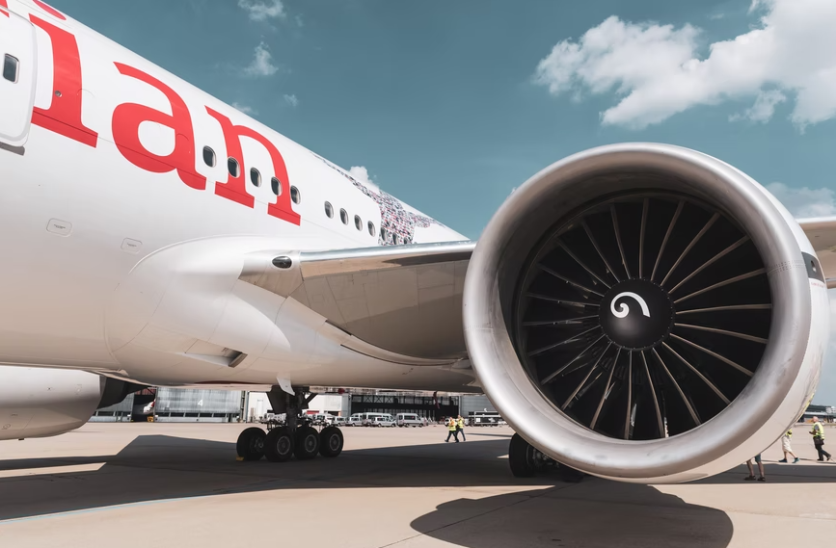
Boeing has finally received authorization from the Federal Communications Commission or FCC to launch its own satellite internet project. Boeing first proposed the said project back in 2017.
Boeing Gets Green Light from FCC
Boeing can now move forward with building, launching, and operating its very own broadband internet network from space. It will now join its aerospace competitor, SpaceX, in providing internet access to people, according to The Verge.
Boeing's internet plan involves launching a total of 132 satellites into low Earth orbit at an altitude of 1,056 kilometers, or around 656 miles.
Another 15 satellites will be launched to the non geostationary orbits at an altitude between 27,355 and 44,221km or 16.998 to 27,478 miles.
The company stated that it wants to use the satellites to offer broadband internet and communications services to its consumers, government offices, and private businesses in the United States, US Virgin Islands, and Puerto Rico, while the network gets built out, and on a global scale as soon as the project is complete.
All of Boeing's 147 satellites would broadcast in the V-band, which is of a higher frequency of the wireless spectrum compared to the Ka and Ku bands that are used by SpaceX's Starlink network and Amazon's Project Kuper satellites that are yet to be launched.
Using V-band could allow for better and faster data transfer rates, but it runs a greater risk of interference because the higher frequencies have more problems penetrating solid objects.
SpaceX even has plans to use the V-band in the near future, as well as OneWeb. The Ka and Ku bands are also used by satellites that provide in-flight internet on commercial flights, according to Law360.
Boeing vs. SpaceX
SpaceX has expressed concern in the past that Boeing's proposal to launch into low orbits that are already crowded could increase the risk of a collision with other satellites while it rotates.
In 2019, SpaceX told the FCC that it believed Boeing's network would create a clear danger of harmful interference.
Reuters reported that SpaceX's Starlink satellites orbit the Earth at an altitude of around 500km, which is around 342 miles. It is where OneWeb's internet satellite constellation can be found and where Amazon's satellites will go as soon as they take off.
SpaceX and OneWeb's satellites almost collided earlier this year.
Boeing now has six years given to them to launch at least half of its total satellite constellation, and they are given nine years to deploy the network.
The company had asked the FCC to tweak the requirements because it only wanted to launch five satellites in the first six years.
The company also asked for a 12-year window so they could launch the entire constellation. However, the FCC denied their request.
By comparison, SpaceX and Amazon have grander plans for their networks, with each consisting of thousands of satellites.
Boeing is a satellite manufacturer that spent years before its 2017 proposal in selling satellites to early space-based internet providers as the market expanded.
However, providers are now expected to collectively generate more than $50 billion by 2031, which could explain why Boeing slogged through the four years of the approval process.
Earlier this year, Boeing faced issues with its Starliner capsule because numerous valves did not open properly.
In 2020, Boeing's Starliner also had issues as its parachute failed to work. The company has been working on solving all of these issues before the internet launch.
Read also: SpaceX Crew Dragon Vs. Boeing Starliner Comparison: Passenger Capacity, Purpose, and Other Details
This article is owned by Tech Times
Written by Sophie Webster




